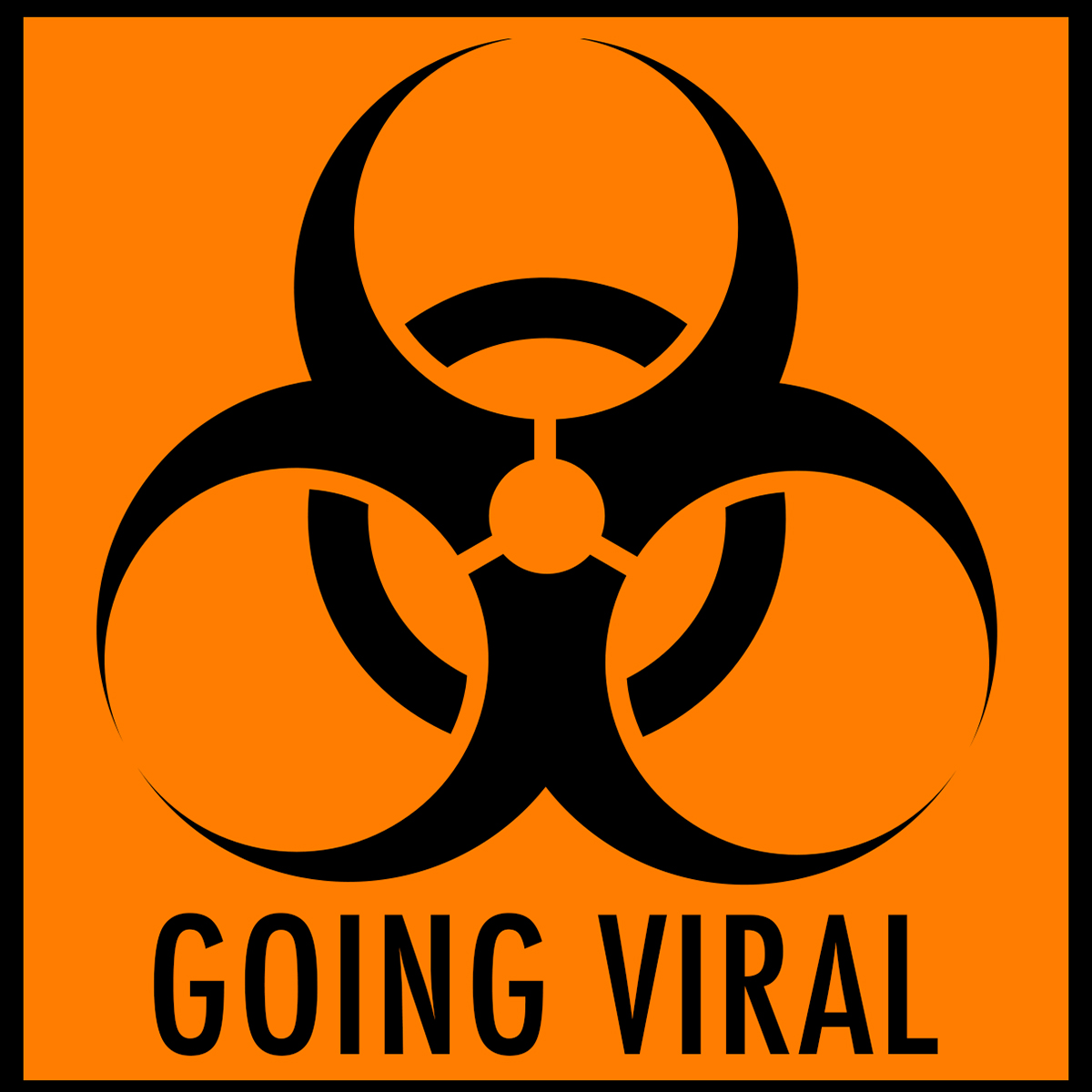Over the next few days (weeks?), I will post excerpts from my book Going Viral: Zombies, Viruses, and the End of the World. Taking a look at these fictional narratives before and even during an outbreak can help us see what to do and, more important, what not to do in real life. They can also remind us—even while this all feels so scary—that we have seen this before.
I know this all feels like new territory, and every day the rules change and protocol is different, and I’m sure white supremacists think they have reinvented the wheel, but what is that saying, everything old is new again?
As Peter Wade writes for Rolling Stone, in an article entitled “Just When You Thought Things Couldn’t Get Worse, Neo-Nazis Are Trying to Weaponize Coronavirus,” white supremacists are discussing schemes that use infected “saliva” to target law enforcement agents and “nonwhite” people.
This is terrifying and disgusting, yes, but it should most definitely not be considered clever or ingenious.
The combination of viruses and terrorism is inevitable. After all, pandemics, like terrorist attacks, trigger a specific kind of fear and anxiety created by events with no end point or temporal dimension. Both terrorism and contagion emphasize that nowhere (and no one) is safe. Anyone, anywhere may be vulnerable, however implausible those fears may actually be.
The combination of viruses and terrorism is also inevitable because (metaphorically) it has already happened. Terrorism, specifically, is imagined as a foreign disease that can infiltrate boundaries, a virus that can permeate anywhere or anyone.
For instance, David Kilcullen, former special advisor to the US secretary of state from 2007 to 2009 and senior advisor to General David Petraeus in Iraq in 2007, outlines the process of the accidental guerilla using a disease model:
- infection
- contagion
- intervention
- rejection
The infection occurs when the guerilla establishes a presence, the contagion step demarcates the period when the guerilla’s influence spreads throughout the country at large, external authorities begin to take action during the intervention step, and rejection mirrors “an immune response in which the body rejects the intrusion of a foreign object.”
Similarly, Professor Nicholas B. King, in his article “Dangerous Fragments,” argues, “Dangerous states and ideologies have given way to dangerous fragments, circulating globally and freely transgressing the boundaries of the modern world.” The bio-terrorist represents the darkest potential of globalization, he writes, transforming “global networks into conduits of infection,” and symbolizing “American fears of racial, ethnic, and national contamination.”
A viral outbreak is literally contagious information spreading throughout globalized vectors of disease. A terrorist-planned outbreak merely makes the spread of that contagion deliberate.
The combination of viruses and terrorism is also inevitable because it has already happened on screen.
One of the most significant elements of the miniseries Covert One: The Hades Factor (CBS, 2006) is how it reinvents the very act of bioterrorism. Rather than putting the deadly virus in a detonation device—like in season 3 of the television series 24 (Fox, 2003-2004)—in The Hades Factor, the virus replaces the traditional explosive device.
In The Hades Factor, the infected terrorist is the carrier who smuggles the virus into the country before his symptoms start to show. Once he is sufficiently sick and infectious, his blood is taken and put into a detonation device, similar in design to the one used in 24. The idea—never executed—is that his blood will spray innocent bystanders at Dulles International Airport and spread the disease. As the army major (Fulvio Cecere) warns, “Suppose they are the weapon. Intentionally infected. Perfect patient zeros entering the country with the sole intent of infecting the populace.”
In the movie Global Effect (Cunningham, 2002) and the Blacklist TV show episode “The Front” (NBC, Oct. 20, 2014), the threat becomes fully humanized. In those narratives, it is the intentionally infected person wandering the streets who spreads the virus passively, no device necessary, because the virus is aerosolized. All the terrorist has to do is breathe.
This notion of infected bodies as weapons continues to be increasingly popular-—showing up on television shows like Madame Secretary, The Strain, and Person of Interest—however, the notion of infected bodies as weapons dates back to the fourteenth century, when the Black Plague was making its way through Europe, the Near East, and North Africa. History has it that the Mongol army threw plague-infected bodies into besieged cities in order to transmit disease to their enemies.
In the more recent examples, however, the infected bodies are still alive, giving them the ability to move around and spread the virus to unknowing victims. These various reinventions of the trope of the “suicide bomber” combine already existing fears of healthy-looking carriers with fear of an unexpected (and impersonal) terrorist attack.
Anxieties about contagious disease have combined with growing fears of terrorist attack to reinvent “the ticking time bomb” phenomenon and, therefore, redefine the paradigm of fear. The paradigm has shifted, yes, but it has not been reinvented.
Sorry, white supremacists, the fourteenth century called. They want their military strategy back.


Recent Comments